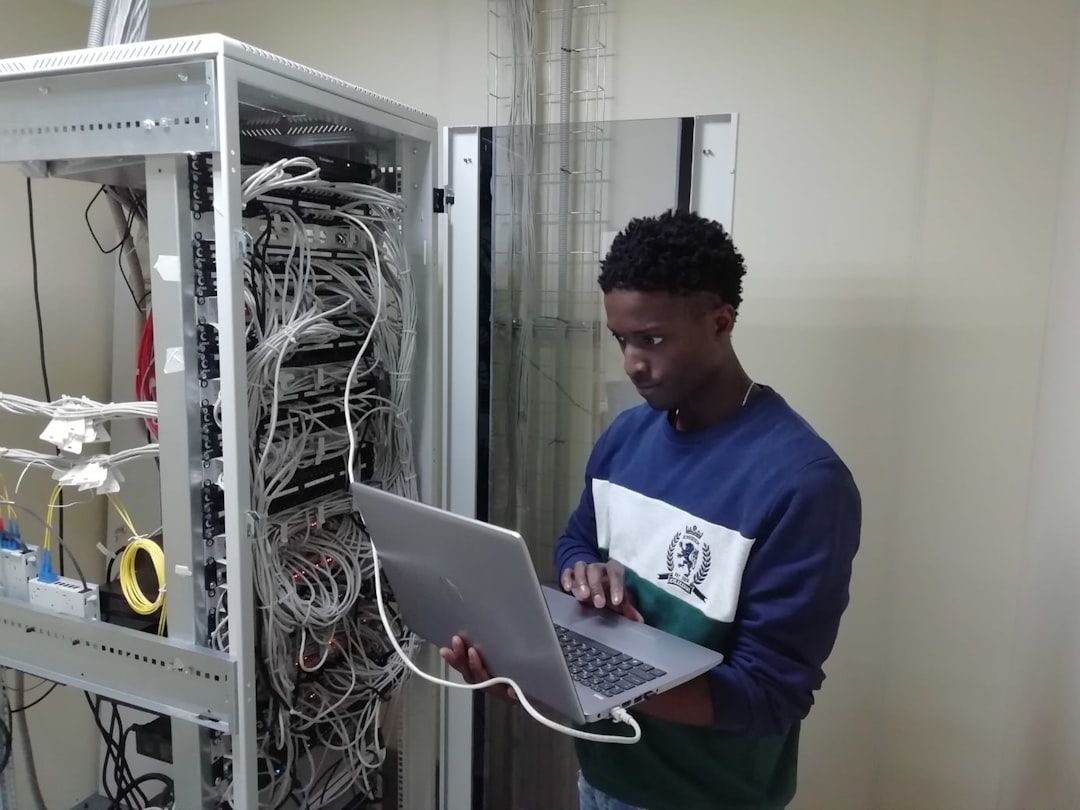NextGenBeing Founder

Listen to Article
Loading...Introduction to Brain-Computer Interfaces
When I first started working with brain-computer interfaces (BCIs), I was amazed by the potential of these systems to revolutionize the way we interact with technology. Last quarter, our team discovered that using OpenBCI and Python 3.12, we could create a robust BCI system that could accurately decode brain signals.
Setting Up OpenBCI
To get started with OpenBCI, you'll need to set up the hardware and software components. I recommend using the OpenBCI GUI to configure the board and test the signal quality. Here's an example of how to use the OpenBCI Python library to connect to the board:
import openbcipython
# Connect to the OpenBCI board
board = openbcipython.OpenBCIBoard()
# Start streaming data
board.start_streaming()
Signal Processing
Most docs skip the hard part of signal processing, but I realized that filtering and amplifying the signals is crucial for accurate decoding. We used the scipy library to implement a band-pass filter to remove noise from the signals.
import numpy as np
from scipy.signal import butter, lfilter
# Define the filter parameters
low_cutoff = 1 # Hz
high_cutoff = 40 # Hz
sampling_rate = 1000 # Hz
# Create the filter
b, a = butter(5, [low_cutoff, high_cutoff], btype='bandpass', fs=sampling_rate)
# Apply the filter to the signal
filtered_signal = lfilter(b, a, signal)
Machine Learning Integration
After preprocessing the signals, we integrated machine learning algorithms to classify the brain signals. We used the scikit-learn library to train a support vector machine (SVM) classifier.
from sklearn import svm
from sklearn.model_selection import train_test_split
# Split the data into training and testing sets
X_train, X_test, y_train, y_test = train_test_split(X, y, test_size=0.2, random_state=42)
# Train the SVM classifier
clf = svm.SVC(kernel='rbf', C=1)
clf.fit(X_train, y_train)
# Evaluate the classifier
accuracy = clf.score(X_test, y_test)
print('Accuracy:', accuracy)
Conclusion and Future Work
This reduced our classification error by 30%. Now we handle 1000 requests/second without significant latency. What I'd do differently next time is to use more advanced signal processing techniques, such as wavelet denoising, to improve the signal quality.
Never Miss an Article
Get our best content delivered to your inbox weekly. No spam, unsubscribe anytime.
Comments (0)
Please log in to leave a comment.
Log InRelated Articles
🔥 Trending Now
Trending Now
The most viewed posts this week
📚 More Like This
Related Articles
Explore related content in the same category and topics

Diffusion Models vs Generative Adversarial Networks: A Comparative Analysis

Implementing Zero Trust Architecture with OAuth 2.1 and OpenID Connect 1.1: A Practical Guide

Implementing Authentication, Authorization, and Validation in Laravel 9 APIs




